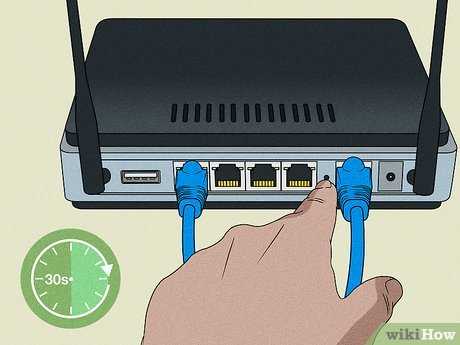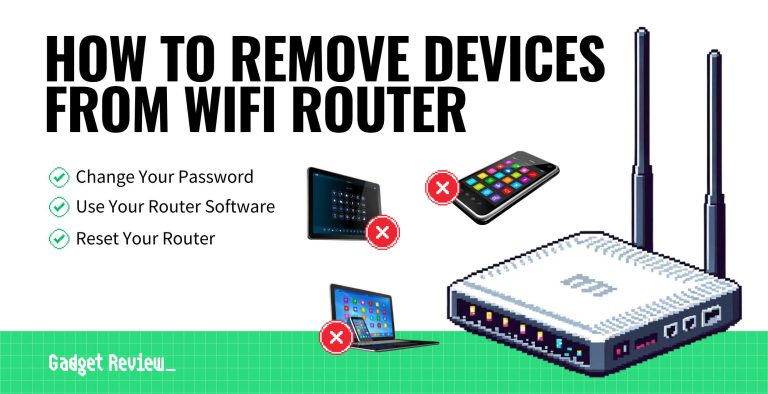To boost your WiFi coverage instantly, use range extenders—they’re a simple, affordable solution that can eliminate dead zones in your home or office. Just place the extender halfway between your router and the problem area, connect it to your network, and enjoy stronger signals everywhere. This quick fix not only improves your internet experience but also saves you from the hassle of upgrading your entire system.
Range extenders are an easy way to improve WiFi coverage by rebroadcasting your existing signal to reach farther corners of your space. Setting them up is straightforward: identify the optimal location, connect the device to your WiFi, and you’re good to go. With a little adjustment, you can enjoy seamless internet access across your entire home.
If you’re struggling with weak WiFi signals in certain areas, range extenders are your best bet. They work by amplifying your current WiFi signal, extending its reach to eliminate dead spots. Simply connect the extender to your existing network, position it wisely, and enhance your WiFi coverage without much effort or cost.
—
Une solution rapide et efficace pour renforcer votre réseau WiFi est d’utiliser des répéteurs. Positionnez-les stratégiquement entre votre routeur et la zone à couvrir, puis connectez-les à votre réseau pour amplifier le signal. En quelques minutes, vous bénéficierez d’une couverture plus large et d’une connexion plus stable dans toute votre maison ou bureau.
Les répéteurs WiFi sont une solution simple pour étendre la portée de votre réseau sans changer votre équipement actuel. En les installant correctement, vous éliminerez facilement les zones mortes et profiterez d’une connexion fiable partout. C’est une méthode économique et pratique pour améliorer votre expérience internet.
How to extend WiFi coverage with range extenders
Understanding the Need for Range Extenders
Many homes and offices face WiFi dead zones where the internet signal is weak or drops entirely. These areas can make streaming, gaming, or working from home frustrating. Range extenders help by boosting the existing WiFi signal, allowing it to reach farther and fill those dead spots. They are simple devices that work alongside your router to improve coverage.
How Do WiFi Range Extenders Work?
Range extenders pick up the WiFi signal from your router and rebroadcast it. They expand the WiFi network’s reach, making the signal available in areas that were previously weak. Most extenders connect via WiFi, but some also support Ethernet connections for even better performance. They are easy to set up and usually come with user-friendly instructions.
Choosing the Right Range Extender for Your Needs
Selecting the best extender depends on your home’s size and network needs. Think about the following factors:
- Coverage Area: Measure how large the space is that needs WiFi coverage.
- Compatibility: Ensure the extender works with your current router and internet provider.
- Speed Requirements: Look for extenders that support high-speed connections, especially if you stream HD videos or play online games.
- Type of Extender: Consider whether you want a simple extender or a more advanced model with features like dual-band support or mesh compatibility.
Placement Tips for Maximum Effectiveness
Positioning the range extender correctly is key to getting the best coverage. Follow these tips:
- Optimal Location: Place the extender halfway between your router and the dead zone. It should be within the WiFi range of your router but close enough to the area where coverage is weak.
- Avoid Obstacles: Keep the extender away from thick walls, metal objects, and appliances that can interfere with the signal.
- Higher Placement: Position the device on a shelf or table, not on the floor, for better signal distribution.
Setting Up Your WiFi Range Extender
Most extenders have straightforward setup procedures, often involving a WiFi or app-based configuration.
Using the WPS Button
This quick method involves pressing the WPS button on your router and the extender simultaneously. The devices will connect automatically if they support WPS.
Manual Setup via Web Interface
Alternatively, connect your computer or smartphone to the extender’s network, then open a web browser. Follow the setup wizard to select your home WiFi and input your password. The extender will then connect and expand your network.
Configuring Network Settings for Optimal Performance
Once your extender is set up, tweak some settings:
- Change the SSID Name: To avoid confusion, give the extender a unique network name or keep the same as your router for seamless roaming.
- Adjust Channel Settings: Use a WiFi analyzer app to find the least congested channel and set your extender accordingly for less interference.
- Enable Security Features: Protect your extended network with WPA3 or WPA2 encryption to prevent unauthorized access.
Monitoring and Maintaining Your Extended WiFi Network
Regular checks ensure your WiFi coverage remains strong. Use WiFi analysis tools to monitor signal strength and interference. If you notice slow speeds or dead zones, reposition your extender or reset it. Keep the firmware updated to benefit from improvements and security patches.
Advanced Techniques for Better WiFi Coverage
For larger homes or complex layouts, consider these options:
- Using Multiple Extenders: Strategically place multiple extenders to blanket the entire space.
- Implementing Mesh WiFi Systems: These systems offer seamless coverage with multiple nodes that work together naturally.
- Upgrading Your Router: Invest in a high-performance router that supports mesh networking or has a broader range.
Understanding Dual-Band and Tri-Band Extenders
Dual-band extenders operate on both 2.4 GHz and 5 GHz frequencies, reducing interference and increasing speed. Tri-band models add an extra 5 GHz band, perfect for busy networks needing high throughput. Choosing the right type ensures your network can handle multiple devices simultaneously.
Integrating WiFi Extenders with Other Network Devices
You can combine extenders with smart home devices, printers, or gaming consoles for comprehensive coverage. Make sure your extender supports these devices’ bandwidth needs and maintains stable connections. Proper integration enhances your entire home’s digital experience.
Potential Challenges and Troubleshooting
Sometimes, extenders may not perform as expected. Common issues include slow speeds, dropped connections, or difficulty connecting. Reset your extender and router if needed. Ensure firmware is updated, and check placement to minimize interference.
Cost and Budget Considerations
Range extenders come at various price points, from budget-friendly options to premium models. Invest in a device that matches your coverage area and speed needs for long-term satisfaction. Cheaper models may suffice for small homes; larger spaces benefit from higher-end options.
Summary of Best Practices
To maximize your WiFi coverage:
- Assess your home layout and identify dead zones.
- Select an extender compatible with your router and internet plan.
- Place the extender within the recommended range, avoiding obstacles.
- Configure network settings for optimal performance and security.
- Regularly monitor and adjust positions as needed.
Related Topics
Consider exploring related areas such as:
- How to set up a mesh WiFi system
- Best routers for large homes
- Ways to improve WiFi speed and stability
- Security tips for WiFi networks
- Difference between WiFi extenders, repeaters, and mesh systems
Easily Extend Your Home WiFi To Your Barn, Shed and Beyond!
Frequently Asked Questions
What are the best locations to place a WiFi range extender for optimal coverage?
To maximize coverage, place the range extender halfway between your router and the area with weak signals. Ensure it remains within the router’s WiFi range and avoid placing it near metal objects, thick walls, or devices that can cause interference. Elevate the extender off the ground and position it in a spot with minimal obstructions for better signal reception.
How can I configure my range extender to prevent connection issues?
Start by connecting your extender to the router’s network following the manufacturer’s instructions. Use the setup wizard or web interface to ensure the extender is connected to the main WiFi network. Update the firmware to the latest version and assign it a unique network name if possible. Regularly check the connection status to confirm it maintains a stable link with the router.
Are there specific settings I should adjust on my router or extender to improve coverage?
Yes, adjusting certain settings can enhance coverage. Set the same WiFi channel for both your router and extender to reduce interference. Enable the 2.4 GHz and 5 GHz bands if supported, for better device compatibility. Additionally, disabling unused features like WPS or reducing transmit power on the router can improve overall network stability and coverage.
What WiFi standards should I look for in a range extender for better performance?
Choose a range extender that supports the 802.11ac or 802.11ax (Wi-Fi 6) standards. These standards offer faster speeds, better range, and improved handling of multiple devices. Compatibility with your existing router ensures seamless integration and optimal performance across your home network.
How often should I update the firmware on my WiFi extender?
Check for firmware updates every few months or whenever the manufacturer releases a new version. Keeping the firmware current helps fix bugs, improve performance, and enhance security. Most extenders offer an automatic update option or provide instructions on how to manually update through their web interface.
Final Thoughts
How to extend WiFi coverage with range extenders is simple and effective. Place the extender halfway between your router and the area with weak signal. Ensure it’s within the router’s signal range for optimal performance.
Configure the extender according to the manufacturer’s instructions, often via a mobile app or web setup. Once connected, test the new coverage area to confirm improved signal strength.
In summary, extending WiFi coverage with range extenders provides a straightforward solution for better connectivity. Proper placement and setup are key to maximizing their benefits.
I’m passionate about hardware, especially laptops, monitors, and home office gear. I share reviews and practical advice to help readers choose the right devices and get the best performance.






